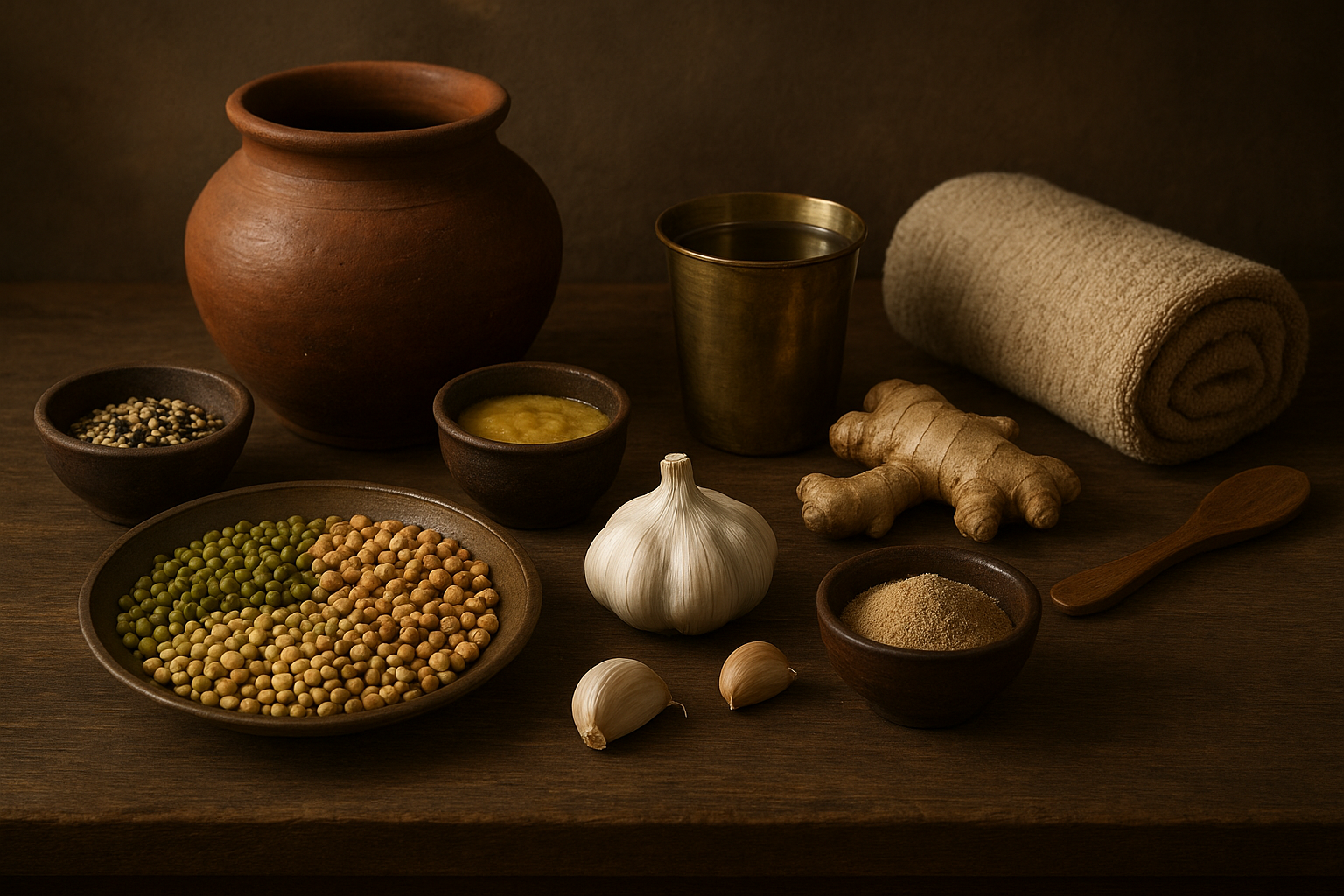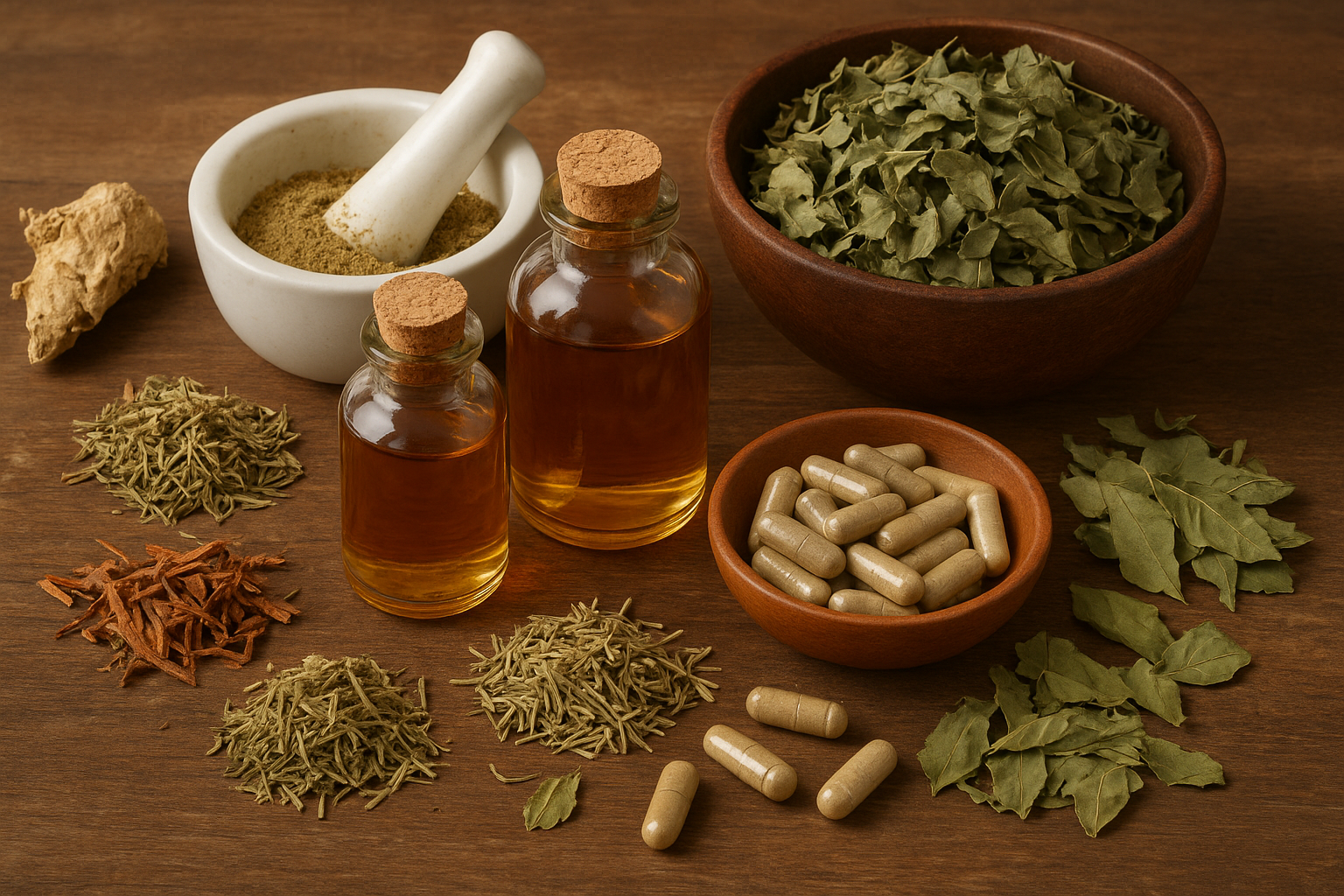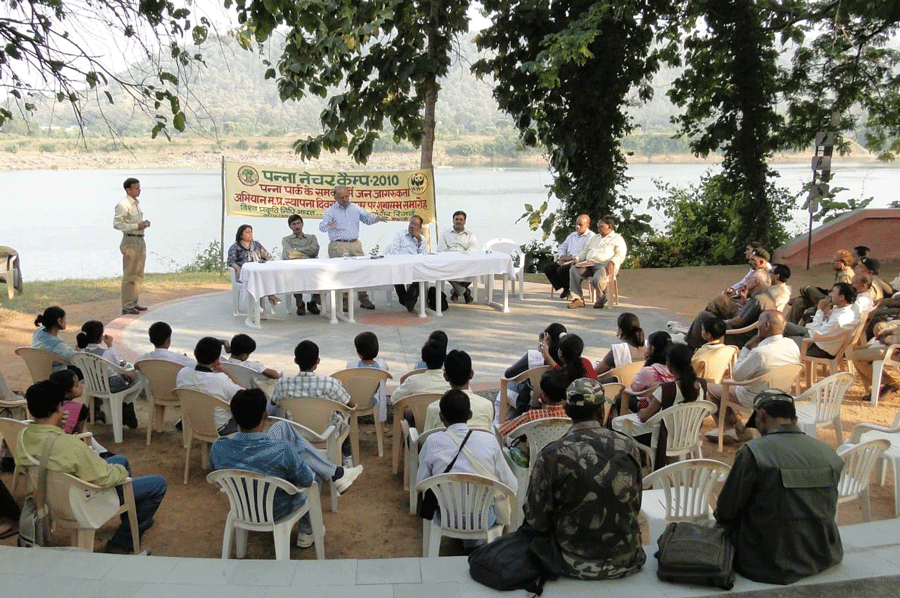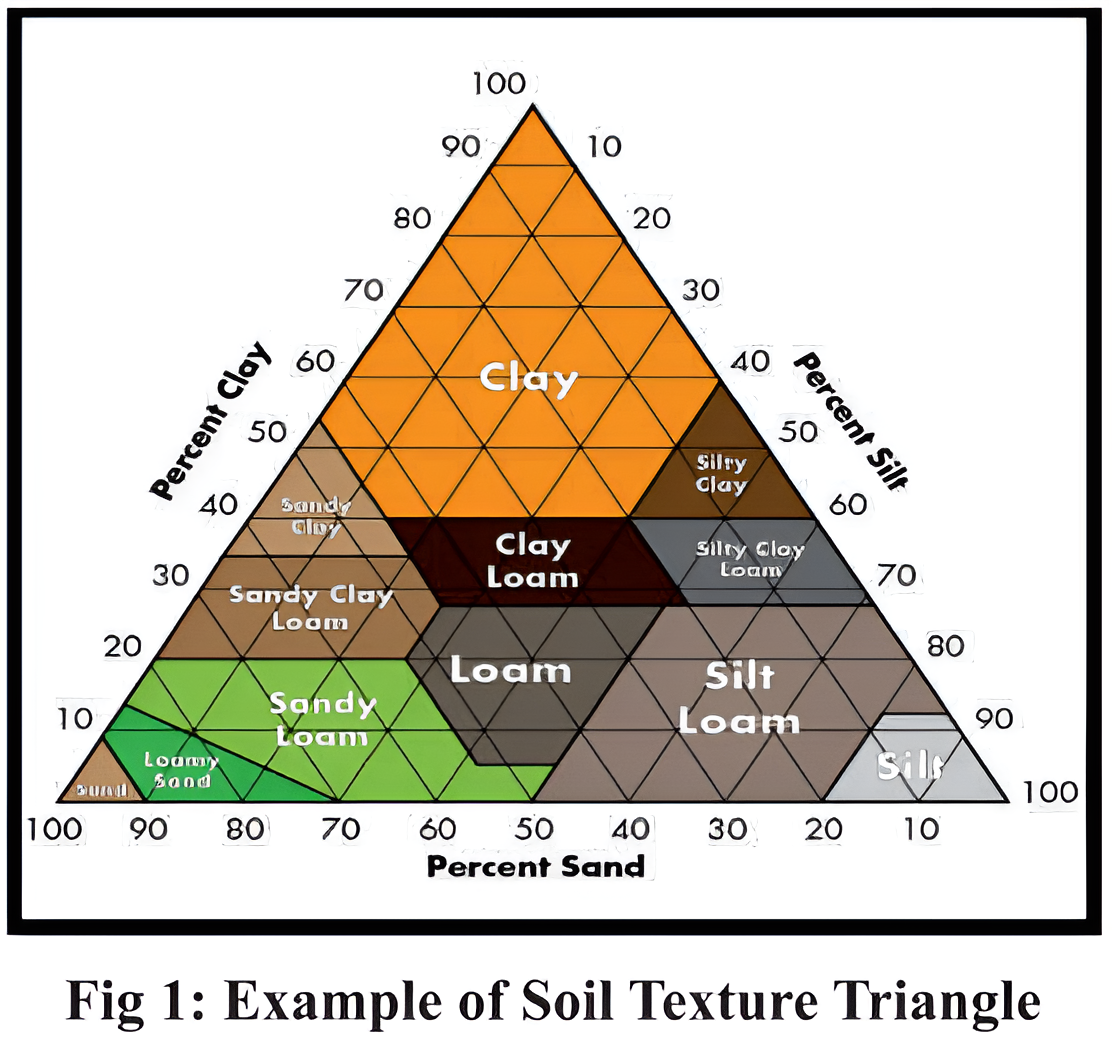Soil Testing and its Methods: An Overview
ABSTRACT:
Soil testing plays a pivotal role in modern agriculture and land management, offering crucial insights into soil health and fertility. This article provides a comprehensive overview of soil testing, its significance, various methods employed, and their applications. By understanding soil properties, farmers and scientists can make informed decisions about crop cultivation, land usage, and sustainable practices.
Keywords: Soil, Soil testing. Soil testing methods
INTRODUCTION:
Soil is a fundamental resource for agriculture, forestry, and environmental conservation. The composition and health of soil directly influence crop yield, plant health, and ecosystem balance. Soil testing, a systematic process of analyzing soil’s physical, chemical, and biological properties, is essential for optimizing agricultural productivity and maintaining environmental sustainability.
OBJECTIVES OF SOIL TESTING:
- Determine nutrient availability.
- Assess soil pH and acidity levels.
- Identify deficiencies in essential nutrients.
- Guide fertilizer application and land management practices.
IMPORTANCE OF SOIL TESTING:
- Improved Crop Yields: Soil testing helps identify nutrient deficiencies and recommends specific interventions.
- Cost Efficiency: Reduces unnecessary expenditure on fertilizers and other inputs.
- Environmental Protection: Prevents overuse of chemicals that can lead to soil degradation and water contamination.
- Sustainable Farming Practices: Promotes precision agriculture and conserves natural resources.
METHODS OF SOIL TESTING:
Soil testing methods are broadly classified into physical, chemical, and biological analysis. Below is a detailed description of each category:
1. Physical Analysis:
Physical analysis assesses the texture, structure, moisture content, and other mechanical properties of soil.
I. Soil Texture Analysis:
Hydrometer Method: This method determines the proportions of sand, silt, and clay in soil by measuring the sedimentation rate of soil particles in a liquid. Sieve Analysis: Soil is passed through a series of sieves with varying mesh sizes to separate particles based on size. Laser Diffraction: This advanced method uses laser technology to measure the size distribution of soil particles with high precision.
II. Bulk Density and Porosity:
Bulk density is measured by collecting a known volume of soil and drying it to obtain the weight per unit volume.
Porosity is calculated from bulk density and particle density to estimate soil aeration and water retention capacity.
III. Soil Moisture Content
Gravimetric Method: Weighing soil before and after drying at 105°C.
Tensiometer: Measures soil water tension in the field.
Time-Domain Reflectometry (TDR): Uses electromagnetic pulses to estimate soil moisture content accurately.
2. Chemical Analysis
Chemical analysis evaluates the nutrient composition, pH, salinity, and presence of contaminants.
I. Soil pH Testing
Colorimetric Methods: Using pH indicators or strips.
Electrode-Based Methods: Using a pH meter with a glass electrode for precise measurements.
Table 1: Soil pH and its impact on crop growth
| S.no. | pH Range | Crop Suitability | Examples |
| 1. | 4.5 – 5.5 | Acidic, Low Productivity | Tea, Coffee |
| 2. | 5.5 – 6.5 | Slightly Acidic, Optimal Productivity | Wheat, Rice |
| 3. | 6.5 – 8.0 | Neutral to Slightly alkaline | Maize, Barley |
II. Nutrient Analysis:
Macronutrients (NPK):
Nitrogen: Determined using the Kjeldahl method or nitrate-specific electrodes. Phosphorus: Analyzed using colorimetric methods or spectrophotometry.
Potassium: Measured via flame photometry or atomic absorption spectroscopy.
Micronutrients: Elements like iron, zinc, and manganese are analyzed using atomic absorption spectroscopy (AAS) or inductively coupled plasma (ICP) spectroscopy.
Table 2: Different soil testing methods for macronutrients.
| Parameter | Testing method | Impact on crop yield |
| Nitrogen (N) | Kjeldahl method | Ensures healthy foliage |
| Phosphorus (P) | Spectrophotometry | Boosts root development |
| Potassium (K) | Flame photometry | Improves stress tolerance |
III. Soil Organic Matter (SOM)
Loss-on-Ignition (LOI): Soil is heated to high temperatures to measure weight loss due to organic matter combustion.
Walkley-Black Method: A chemical oxidation method using potassium dichromate.
IV. Salinity and Electrical Conductivity (EC)
Electrical conductivity meters are used to measure the salinity of soil extracts, providing insights into soil’s salt content.
3. Biological Analysis
Biological methods assess microbial activity and organic components crucial for soil health.
I. Microbial Biomass
Fumigation-Extraction Method: Estimates microbial biomass carbon and nitrogen.
Soil Respiration Tests: Measure CO2 release as an indicator of microbial activity.
II. Enzyme Activity:
Assays for enzymes like dehydrogenase, urease, and phosphatase reveal soil’s biochemical potential.
III. Soil Fauna Analysis:
Examining earthworms, nematodes, and other organisms gives insights into soil biodiversity and ecosystem health.
4. Field Methods of Soil Testing
While laboratory methods provide detailed results, field tests are quick and cost-effective.
I. Portable Soil Testing Kits:
Kits include reagents for pH, nutrient, and salinity testing, offering immediate results.
II. Penetrometer Tests:
Measure soil compaction and strength, often used in construction and agriculture.
III.Remote Sensing and GIS:
Satellite and drone-based sensors analyze soil properties over large areas using infrared and thermal imaging.
5. Advanced Soil Testing Techniques
With advancements in technology, several modern methods have emerged.
I. Spectroscopy:
Near-Infrared (NIR) and Mid-Infrared (MIR) Spectroscopy: Provide rapid, non-destructive analysis of soil organic matter and mineral content.
II. X-Ray Diffraction (XRD):
Identifies soil mineral composition and crystalline structures.
III . Soil Metagenomics:
Uses DNA sequencing to study soil microbial communities and their functional potential.
IV. Automation and AI:
Incorporating machine learning for more accurate predictions.
V. Portable Devices:
Development of handheld soil analyzers for real-time testing.
VI. Integration with IoT:
Linking soil testing data to smart farming systems.
CHALLENGES IN SOIL TESTING:
Accessibility: Limited testing facilities in rural areas.
Cost: High costs and technical requirements for advanced methods.
Time: Physical and biological tests often take weeks.
Applications of Soil Testing
- Agriculture: Guides fertilizer application and crop rotation strategies.
- Land Reclamation: Assesses the suitability of degraded land for restoration.
- Environmental Studies: Monitors soil contamination and pollutant levels.
- Construction: Ensures the suitability of soil for infrastructure projects.
| S.No. | Sector | Benefits | Key Metrics Assessed |
| 1. | Agriculture | Improved crop yield, cost saving | Nutrients (NPK), pH, salinity |
| 2. | Construction | Ensures foundation stability | Bearing capacity, compaction |
| 3. | Environmental | Reduces pollution, restores health | Organic matter, contaminants |
Challenges in Soil Testing
- Accessibility: Limited availability of testing facilities in rural areas.
- Cost: Advanced methods may be expensive for small-scale farmers.
- Variability: Heterogeneous soil properties can lead to inconsistent results.
Case Studies
1. Agricultural Application: Punjab, India
Soil testing revealed nutrient deficiencies and high pH in rice-wheat cropping systems. A shift to balanced fertilization reduced fertilizer use by 20% and increased yield by 15%.
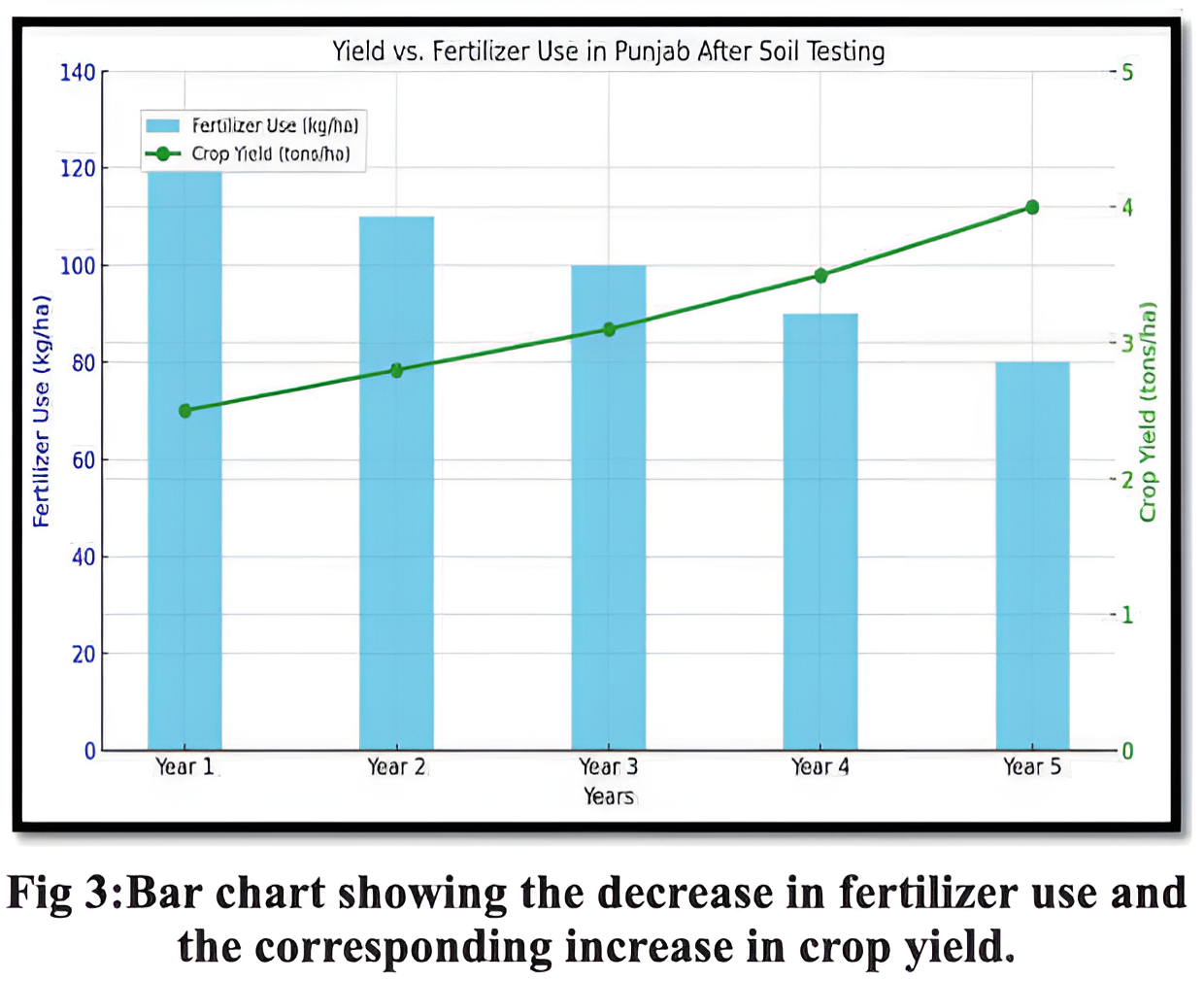
2. Urban Development: Dubai, UAE
Soil bearing capacity and salinity were assessed for the Burj Khalifa foundation. Testing identified high salinity levels, prompting special foundation treatments.
Table 4: Soil Properties in Dubai Construction Sites
| S.no. | Parameter | Value | Remarks |
| 1. | Salinity (EC) | 8.0 dS/m | Requires remediation |
| 2. | Bearing capacity | 250 kN/m² | Suitable for high-rises |
| 3. | Bulk density | 1.6g/cm³ | Moderate compaction |
3. Environmental Restoration: Mississippi River Delta, USA
Soil testing in the Delta guided the application of organic amendments to restore wetland ecosystems. Contaminants like heavy metals were reduced, improving biodiversity.
CONCLUSION:
Soil testing is an indispensable tool for sustainable land management and agriculture. By employing a combination of traditional and advanced methods, stakeholders can enhance productivity, reduce environmental impact, and ensure long-term soil health. Expanding accessibility and adopting modern technologies will further empower farmers and researchers.





